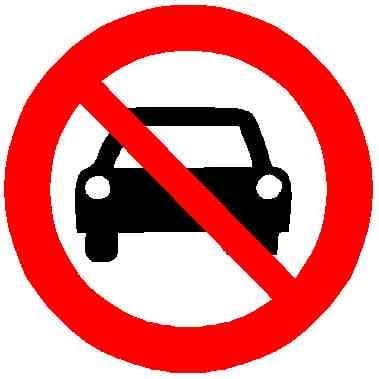“By the way, I have a favorite statistic,” Juliette Michaelson tells me midway through our conversation. She’s a deputy chief of the MTA, working on policy and especially on the rollout of the congestion-pricing toll program. “The city’s 311 collects information about how many people call about what is called ‘excessive car-honking,’” she says. “And the number of complaints about excessive car-honking in January and February was 70 percent lower than last January and February. I just love that, because it’s all-in-one.”
We’re 100 days into the era of congestion pricing, which began with cheers and a few rants very early on the morning of January 5. The statistics from January into March, both all-in-one and otherwise, are rolling in, and they show a trend that is clear and unmistakable: It’s working. There is far, far less traffic on the streets. A group called the Congestion Pricing Now Coalition — made up of a wide array of advocacy organizations that includes the Regional Plan Association, the Riders Alliance, Open Plans, the Nature Conservancy, and Transportation Alternatives — has done a nice job of marshaling the facts, and if you are even slightly persuadable, it makes a strong case. The Holland Tunnel, at rush hour, has 65 percent fewer delays than it did before, and the time it takes to get through is down 48 percent. In those 100 days, 6 million fewer cars drove into lower Manhattan than had done so a year earlier. In March, the decrease was 80,000 per day. In the congestion zone, we’re seeing half as many traffic-related injuries. The bus routes in Manhattan are so much less clogged that the drivers are being forced to slow down to maintain their schedules. (As a rider, I experienced this twice last week, and it was bizarre: a bus moseying along at 5 mph in a wide-open lane. Presumably the schedules will soon be retimed.) The diminished honking is a bonus.


I may be wrong but isnt the city planning to use a lot of the money made from congestion pricing to improve public transit? So sure some rich dude can afford to pay to drive in less congestion, but those fees would directly go to supporting transit that thousands of people rely on daily and may be getting more use since congestion pricing began.
Yeah, there’s a ton of upgrades whose budgets are tied to cognition pricing. The big station near me was under construction and temporarily stopped when they cancelled it (it’s since resumed)